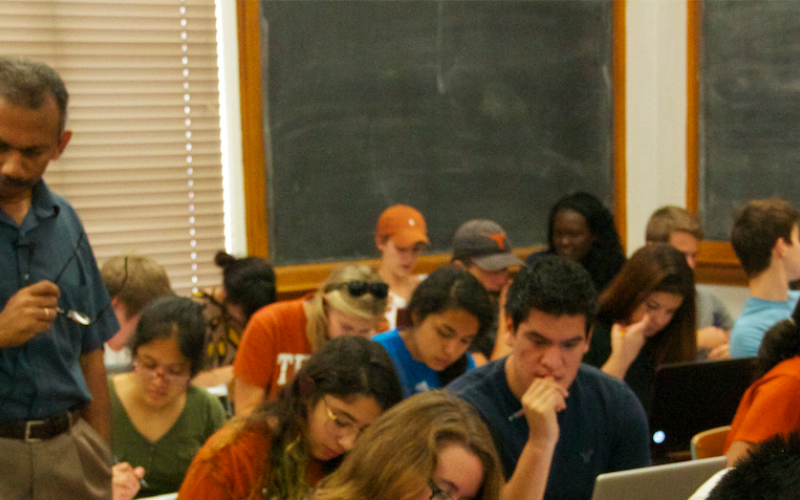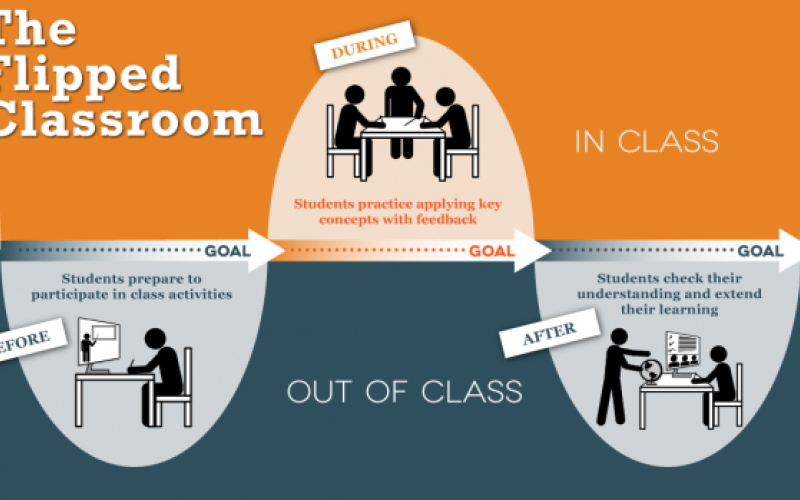Teaching Methods

Who's doing this at UT?
Ruth Buskirk, Biological Sciences, designs her courses by thinking about what she wants her students to know and be able to do by the end of the course. She then decides which teaching methods would best help students achieve these learning outcomes. The deeper the understanding, the more active learning she puts into the class. Active learning, she believes, also increases engagement greatly and improves retention.
How Can I Do This?
The teaching methods you choose reflect the type and depth of learning that you want your students to achieve. The deeper the understanding expected from students, the more active they have to be in their learning. When you think about the learning outcomes for your course, module, or lesson, consider which method will help students:
Remember facts and comprehend concepts (knowledge building)
Most of our courses are content driven, which means students need to get information from various sources. It is important for students to turn this information into their own knowledge for them to be able to retrieve and use it. You can do this through:
Analyze problems and evaluate ideas (critical thinking)
The one who does the work does the learning. Students need to practice applying their knowledge to have a deeper understanding of the content and to make it more meaningful and transferable. Encouraging analysis and evaluation develops critical thinking. You can do this through:
- Interactive lecture activities
- Problem solving
- Group learning
- Discussions
- Learn More about Critical Thinking
Synthesize information and create solutions (research, design)
Students need opportunities to apply their knowledge and critical thinking toward something generative and productive. Guiding students to conduct research, contribute through artistic expression, develop new theories or practical solutions, or present something they’ve put together for themselves develops creative thinking. You can do this through:
- Inquiry/problem-based learning
- Experiential learning
Why Is This Important?
Using the right tool gets the job done.
Not all learning opportunities are nails, and therefore not all teaching methods are hammers. It’s easy to fall into an instructional rut based on what we’ve always done or how we were taught. Using the right approach that aligns with your outcomes helps your students reach the targeted level of learning.
Students benefit from different approaches.
Students should be given a variety of ways to learn because it can play to their strengths while also giving them practice with less-developed modes of learning. Variety of instructional strategies not only appeals to a broader range of students, but reinforces learning in multiple ways.
Everyone wins when you keep it fresh.
Students aren't the only ones to be motivated by the stimulation of creative class time. Instructors also experience a renewed joy of teaching when a fresh approach gets through to students in new ways, or a clever tweak to a particular lesson unlocks deeper learning. Stoking the coals of teaching will keep the flames of learning burning strong.

Instructional Strategies
Engagement is essential for learning.

Experiential Learning
Any method that supports students in applying their knowledge and conceptual understanding to real-world problems (critical thinking and/or research).

Flipped Classroom
The flipped class reverses the traditional setup: students acquire basic content outside of class, and then work together in class on application-oriented activities.

